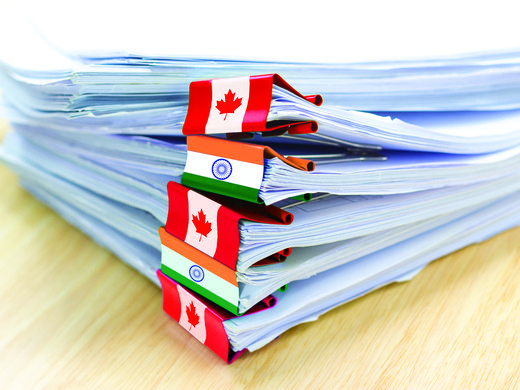The international community has become adept at responding to disasters. When a disaster hits — whether natural or as the consequence of human activity — humanitarian relief can be on the ground almost anywhere in the world in less than 24 hours. The international community has developed an elaborate network to respond to catastrophes involving the collaboration of international agencies, humanitarian relief organizations, national governments and concerned individuals. The collective ability to help save lives quickly is unprecedented in human history; the problem remains, however, that one never knows in advance where disaster will strike, what the immediate needs of those affected will be or what conditions the first responders will confront. Given these uncertainties, how can disaster-response planners best position themselves to take action?


